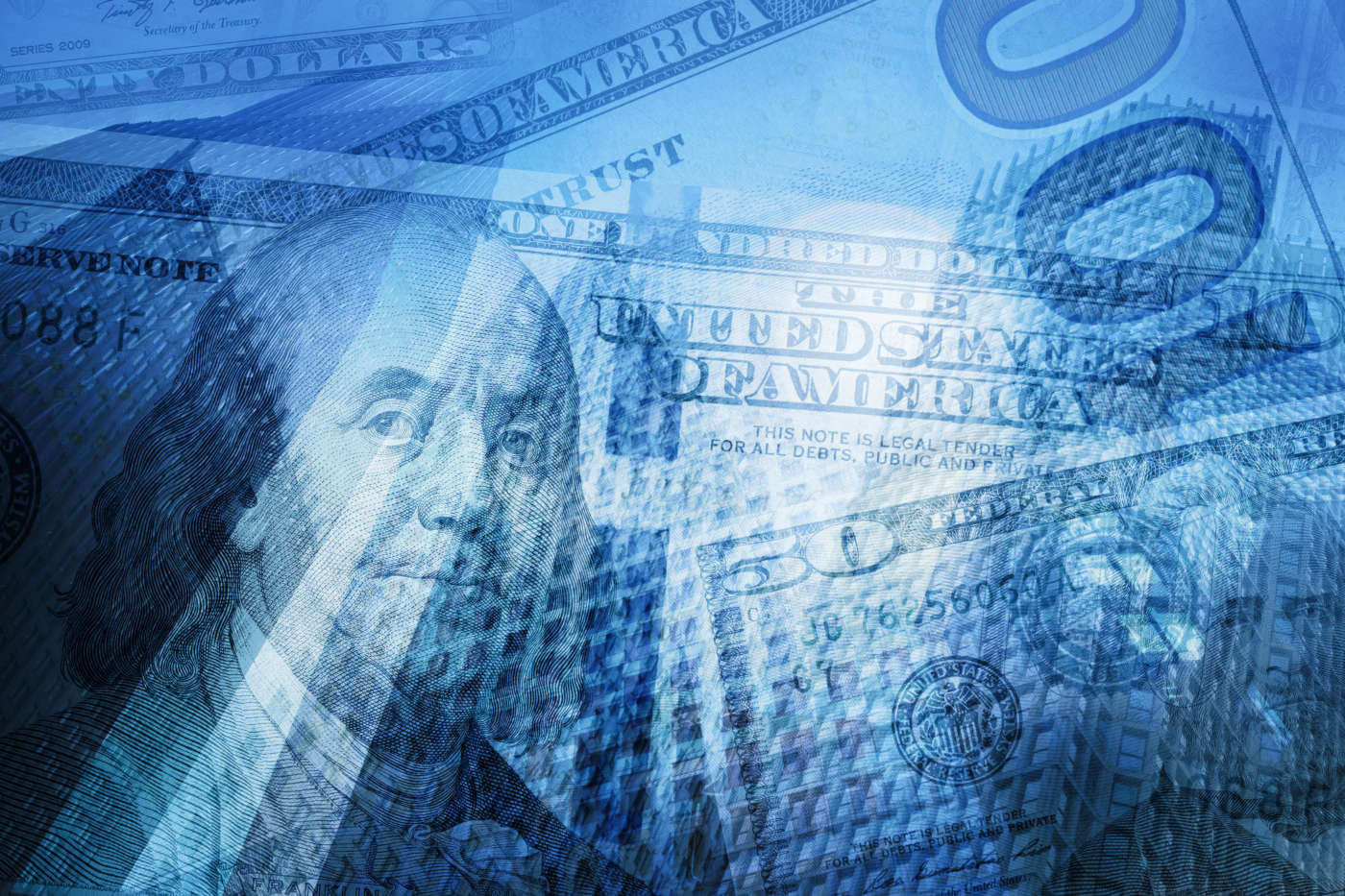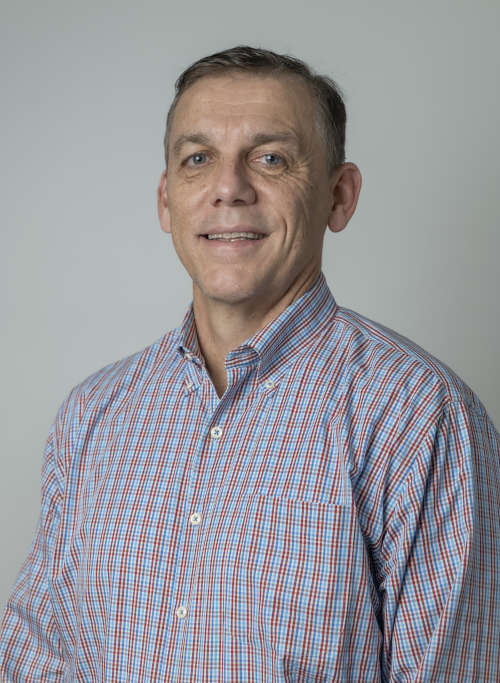
There are complaints small businesses are being lured into a stimulus loan bait-and-switch. Businesses pursue a CARES Act loan expecting it to be forgiven, only to discover later small print that makes earning forgiveness a difficult and potentially expensive headache.
But you could say the same for banks that are essentially being forced to offer the loans without taking into account the massive due diligence required to administer them at this volume and velocity. The speed with which the money needs to arrive on Main Street means fraud-stopping measures are being moved, from the front of the process to the back, where it is messier and potentially more dangerous.
How will some of this debt be securitized if the risks are not well understood?
On top of that, some advocates and late-night comedians are howling that banks are cutting deals with richer and larger businesses, rather than mom-and-pop shops. But they are not considering the nightmare banks face to ultimately make sure that they, their branches and their employees are there for their communities for the long haul.
Free Money?
We don't know if the Small Business Administration's emergency loan programs will succeed in halting the economy's slide during the coronavirus pandemic. There's no question, however, that banks ultimately will be responsible for where the funds end up, both from a compliance and ethical perspective.

That should seriously concern bankers, given how the Justice Department has opened fraud investigations related to the Paycheck Protection Program (PPP) and the SBA's intention to audit businesses that received more than $2 million in loans.
Those announcements shouldn't have surprised anyone. In the wake of the 2008 financial crisis, officials estimated that fraudsters absconded with 10% of the $450 billion distributed through the Troubled Asset Relief Program. The CARES Act and its subsequent top-ups were worth almost $2.7 trillion. Do the math.
Complicating matters, banks are already on the back foot in the fight against CARES Act fraud.
Federal regulators are still drawing up or changing rules and guidance for the new SBA loans even as policymakers enact new laws to replenish them. The technology associated with the emergency measures has been disappointing, too. Bankers have been pulling their hair out as they deal with crashing websites, outdated government technology and overwhelmed civil servants. The loans aren't providing revenue streams for hosts of new-loan officers, either.
This environment is ripe for fraud. Financial institutions are going to need new, innovative ways of detecting it.
What Goes Wrong
Consider if an unscrupulous or desperate roofing contractor who has lost their business decided they wanted to bilk the government. There aren't a lot of defenses to stop them.
The hypothetical contractor could apply for a forgivable PPP loan as a self-employed tax filer with the aim of paying themselves. Nothing wrong with that. But what if they also applied for an Economic Injury Disaster Loan, hoping to receive the free $10,000 advance, as well as unemployment insurance benefits newly created for the self-employed? Investigators call that double or triple dipping.
The roofer likely would be breaking the rules of at least one of those three programs. But if anyone called them on it - and that's a big if - they could plead ignorance. The rules are complicated, after all.
They might also convincingly say they read in the news that applying was difficult and that the money was sometimes not available even after people successfully submitted their application. They figured they would try everything. After all, people are panicking. The episode might be resolved in-house. The contractor might return the PPP funding but keep the $10,000 advance and unemployment.
Compounding the Offense
Now consider if that contractor also had a business - a detailing shop, for example, that was really nothing more than a shack with a post office box. Let's say their dodgy accountant had been using the detailing business to shift around the contractor's income over the years to reduce their tax burden.
The contractor could then apply for a second PPP loan, maybe at a different bank where an employee has a friend or relative who might overlook red flags and expedite the application. Falsifying some documents or submitting a juiced-up 2019 tax return with the extra time that lawmakers allotted, the roofer could also claim, for example, that they have assistants in the detailing shop, where actually there are none. In the fraud detection business, that's called stuffing.
While they were at it, the roofer might also be able to apply for a second Economic Injury Disaster Loan - and, again, might or might not get caught.
Let's say the contractor pulls it off. Later, they might default. We don't know how that process will unfurl. The rules are unclear. They might claim their business collapsed. Who could question them if the economy is mired in a recession? In reality, the roofer might have decided to stay off the books, and took an under-the-table job. Will banks pay to investigate? Or will the government?
Questions like those have led some institutions to call for a suspension in know your customer (KYC) requirements designed to thwart money laundering.
Finding Ways to Scale
Banks are under pressure to write millions of loans, including, increasingly, with new-relationship customers. Some unscrupulous folks, like our contractor, are going to slip through. That's why detecting financial crime is not like looking for a needle in a haystack. It's like looking for a needle in a stack of needles.
Experts are now envisioning how to sift through the mountains of data they're processing fast. Third parties won't help. They're not accountable. Specialists within institutions can be deployed to help front-line staff. Those measures will only go so far, however. Everyone is busy and overwhelmed. Anonymous tip lines are useful but based on chance.
The Justice Department is deploying models used to combat health care fraud, where spikes in Medicare spending identify scams, to detect coronavirus fraud. Bankers are going to have to develop similarly sophisticated methods if they want to catch grifters abusing the generosity of the American people.
False Positives
This may be the moment for machine learning in banking. The standard processes and systems that have carried the day at banks may have their flaws, but at least they were known quantities when it came to the normal course of business. Banks have leaned on them harder now, and they're breaking.
Enter artificial intelligence, likely aided by topological data analysis. The pressure has to be lifted, and one way to do it is to triage cases that require review with machine learning. This has worked with anti-money-laundering and liquidity management. It works best when the process is auditable, which isn't always the case with some artificial intelligence.
The issue is more than efficiency.
While “false positives” may mean wasted hours and spreading resources thin for a bank operations expert, for the customer it's a little different. For the loan applicant, a false positive means things get more complicated, and it can feel like you're proving you're not a criminal. That can be especially hard if you perceive insiders who have more resources and better lawyers are getting superior treatment.
False positives can mean poor customer service. In today's political environment, they can also stir anger and unrest. Banks need to take care, and not just think about how they will scale up to address anti-fraud, but also how to reduce the number of false positives and catch more of the false negatives that can torpedo a reputation.
Peter Downs is chief financial officer of machine learning technology company AyasdiAI.